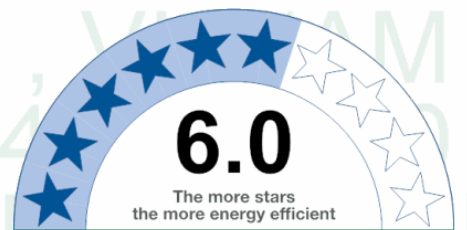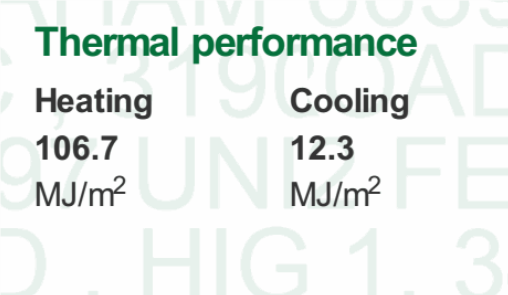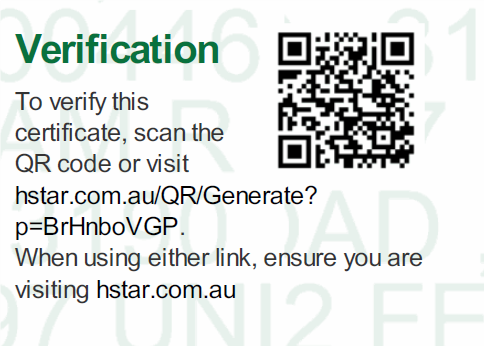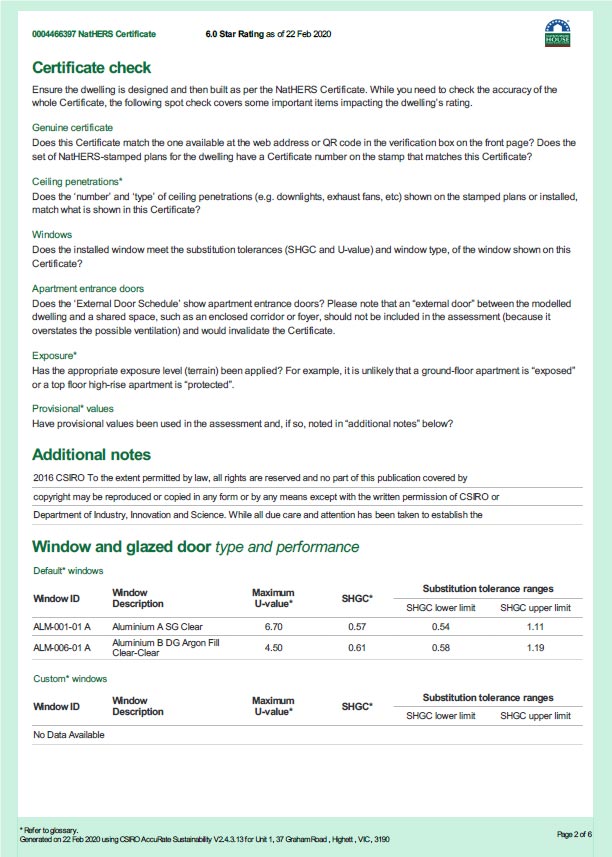NatHERS Administrator have completed major updates to the NatHERS Certificate to improve its usability and structure.
Improvements include:
- easy to read format
- unique identifiable watermark for each certificate
- check list for certifiers
- glossary of technical terms
- addition of key information such as National Construction Code (NCC) requirements
- smaller file size for ease of use and storage
- relocated “Additional notes” from the back to page two so important assessor notes are not overlooked.
The certificate name has also changed from the ‘Universal Certificate’ to the ‘NatHERS Certificate’.
All certificates include information on the dwelling’s key design features, building materials and parameters used to generate its star rating.
The NatHERS Certificate allows builders, certifiers and regulatory authorities to quickly confirm that the building has been built to the design on which the energy rating assessment is based.
The new NatHERS Certificate will come into use as software tools transition to the newest version of the NatHERS software (Chenath Engine version 3.21). While the new certificate represents an improvement on the current certificate, and will soon completely replace it, there will be a period where both certificates will be in circulation. Either certificate can be used to demonstrate compliance to NCC 2016 or NCC 2019.
Software tools will begin to generate the new NatHERS certificate from 1 April 2020.
Ten features to look for on a Certificate
- Each certificate is unique. A watermark of the address and certificate number is visible on every page.
- The NatHERS Logo is present on certificates completed by Accredited NatHERS assessors.
While it’s not compulsory to be accredited in all states and territories, the logo allows anyone to easily verify that the person rating a home is skilled in completing NatHERS ratings. Certificates without the logo were completed by a rater without NatHERS accreditation.

- Embedded within this logo will be the ‘Star Rating’. This number is the dwelling’s rating shown as a score out of 10. The more stars the home has, the less heating or cooling will be required to keep the home comfortable.

- The title of the Certificate will include a unique certificate number, date the Certificate was generated and the software and version used.

- Property details give the basic information about the dwelling. Check these details match the stamped drawing documentation.

- ‘Construction and environment’ provides information on the size of the dwelling assessed, the climate zone and the exposure category best describing the terrain surrounding the dwelling. Ensure these match the dwelling. For information on exposure categories, see the assessor handbook.

- The ‘Accredited assessor’ sectionindicates that the Assessor is a member of an Assessor Accrediting Organisation (AAO). An AAO provides quality assurance, on-going training and confirms professional indemnity insurance is held by the assessor.
Non-accredited assessors do not necessarily have these industry safeguards. You will need to be comfortable the assessment was conducted by a sufficiently experienced person and meets the requirements of the state or territory. Note: states and territories have different requirements for accrediting assessors, so you will need to check what is appropriate within your jurisdiction.

- The ‘Thermal performance’ figures indicate how much heating or cooling is expected to be required each year to keep a home within a comfortable range.
Check the NatHERS heating and cooling load limits to see what heating and cooling load regulations apply in each jurisdiction. States and territories have different requirements so you will need to check what is appropriate within your jurisdiction.

- Scan the QR code with your smart device to check the online certificate aligns with the one submitted. Each Certificate is stored on databases run by the software provider.

- The second page of the Certificate provides guidance on how to conduct a spot check of some important items impacting the dwelling’s rating.

Source: NatHERS Administration